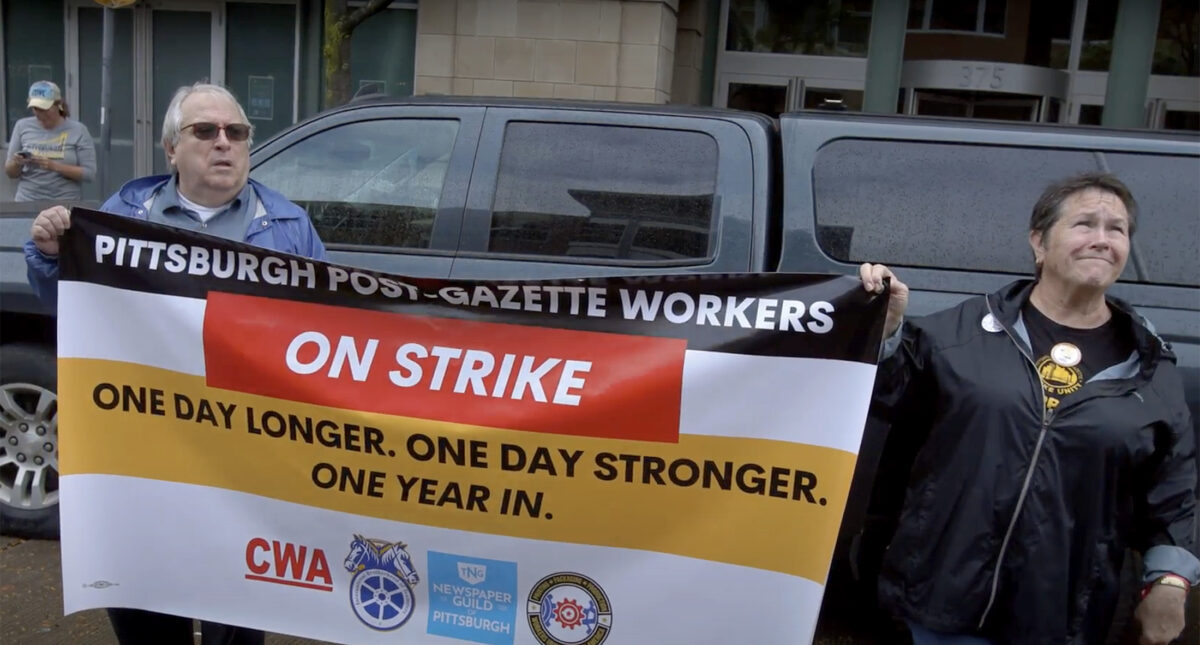Journalists and media workers are recognizing that their industry is broken. Facing mass layoffs and corporate consolidation, workers are fighting back, hitting the picket line to demand fairer wages, improved benefits and more equitable newsrooms.
Striking journalists from the Pittsburgh Post-Gazette have not only published a trove of original reporting in the Pittsburgh Union Progress — covering labor struggles, high school sports, environmental disasters and countless other stories — but they have also used the PUP to rebuild relationships with communities that the Post-Gazette long ago abandoned.
The PUP is part of a long tradition of strike publications. While strike papers historically have been launched so workers can document and publicize their own labor actions — for the public and for their members — the PUP is the first digital strike paper, helping media workers at the PG connect with supporters from around the world and from various industries. These interactions are helping journalists identify their common struggles.
Andrew Goldstein, a striking journalist who covers education for the PUP, said writing for the strike publication gives him opportunities to let communities know which side he is on.
“If I am willing to go and stand up for myself against my employer, then I hope other people in this community will trust me to do the same for them,” Goldstein said. “How can anyone trust a journalist to stand up for them if they’re not willing to stand up for themselves?”
Here the journalists did just that, with members of the other four striking unions, as those production unions marked their year strike anniversary on Oct. 6. I was in Pittsburgh for it and I made this video.

Gino Canella
Gino is an assistant professor of journalism at Emerson College in Boston. You can email him at ggcanella@gmail.com.


